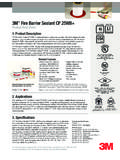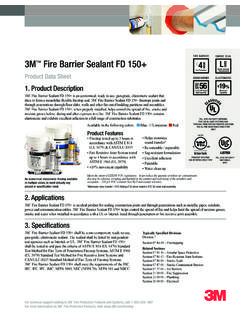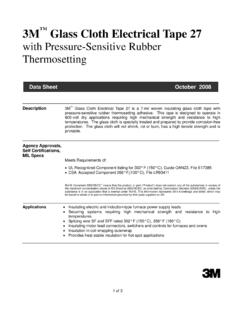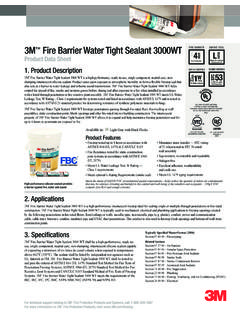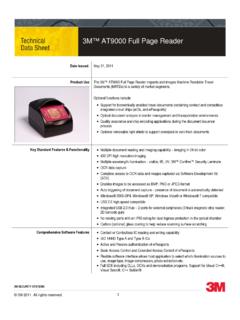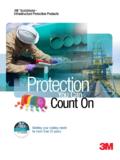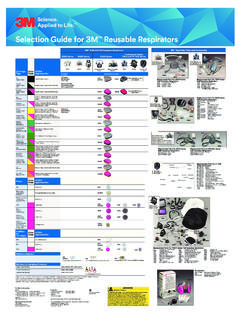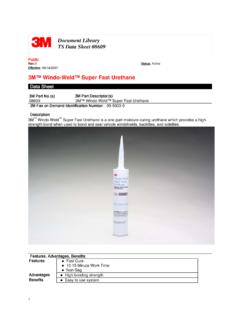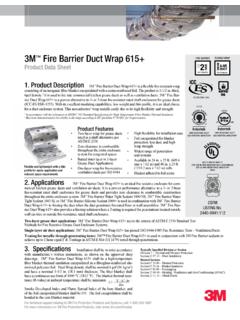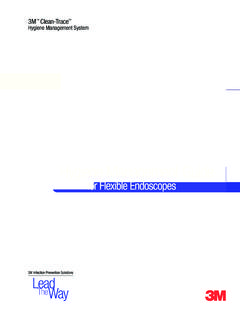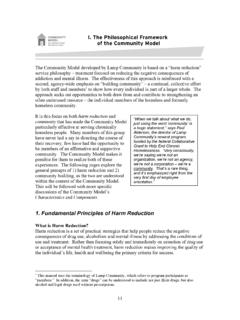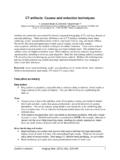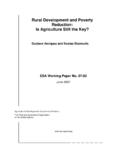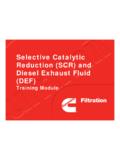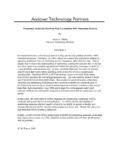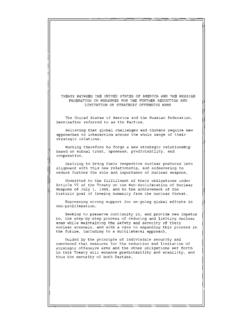Transcription of Education
1 Education 1. Subtract 7 dB from the NRR if in the real world. For more noise is measured on the A- information about the NRR (SF), How to Use weighted decibel scale (dBA). (Skip this step if noise is measured contact 3M Technical Service at 800 243-4630. the Noise on the C-weighted dB scale). 2. Divide the result of step 1 (NRR- Estimating Noise Reduction for 7) by 2. This is known as Individual Users Reduction derating . The labeled values of noise reduction are Rating (NRR) An Example of Reducing the NRR based on laboratory 8-hour TWA noise exposure: 93 dBA tests. It is not NRR of hearing protectors: 29 dB possible to The NRR describes the average use these data sound level reduction (attenuation) Subtract 7 dB from the NRR: 29 dB - 7 dB = 22 dB. to reliably provided by a hearing protection Divide by 2: 22 2 = 11 dB predict levels device (HPD) in a laboratory test. Subtract 11 dB from the of protection Since the NRR is based on 8-hour TWA noise exposure: 93 dBA - 11 dB = 82 dB achieved by a laboratory testing, it does not take given Decide if 82 dB (known as the Protected Exposure ).
2 Into account the loss of protection individual in is below the PEL for noise that occurs when hearing protectors a particular are not fit properly or when they are environment. not worn for the entire time that the To ensure wearer is exposed to noise A New Rating: NRR (SF) protection, those wearing hearing For most wearers, the NRR A new subject fit method of protectors for occupational identified on the current EPA label measuring HPD attenuation will be exposures must be enrolled in a (shown here) significantly used in the future to calculate a hearing conservation program. Non- overestimates the protection of the different rating; the NRR (SF). The occupational users should have a hearing protector in the workplace. people (subjects) in this laboratory hearing evaluation by an audiologist, This rating is based on an test fit their own protector according physician, or other qualified G. experimenter fit method of to the manufacturer's instructions professional, on a regular basis.
3 Measuring HPD attenuation. without the help of the person conducting the test. Compared to Using the EPA Noise Reduction the NRR shown on the current EPA. Rating (Experimenter Fit) label, the NRR (SF) is usually a The NRR on the EPA label lower rating that may be closer to the Hearing Protection shown to the right is based on the performance of the hearing protector average amount of attenuation provided by an HPD when it is worn by 10 different people during a laboratory test. During this test, the person conducting the test fits the hearing protector on each person. This experimenter fit . method results in ratings as high as 33 dB. Since research indicates that these ratings overestimate the protection that many wearers will receive in the real world, 3M. RECOMMENDS REDUCING. THE NRR before attempting to estimate the effectiveness of an HPD as follows: United States Canada Technical Service 1 800 243-4630 Technical Service 1 800 267-4414.
4 Sales Assistance 1 800 896-4223 G12 Sales Assistance 1 800 265-1840 ext. 6137. 2000 Resource Gui
